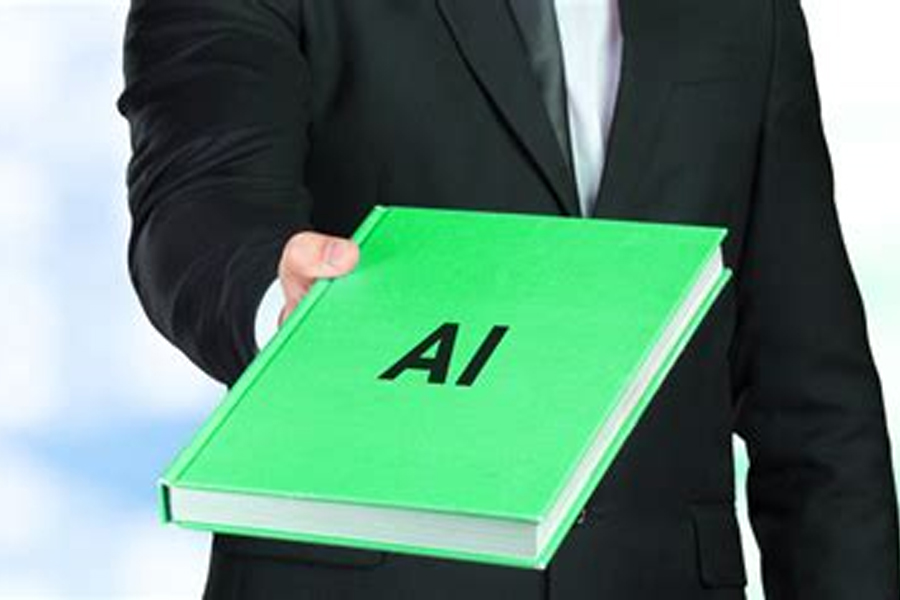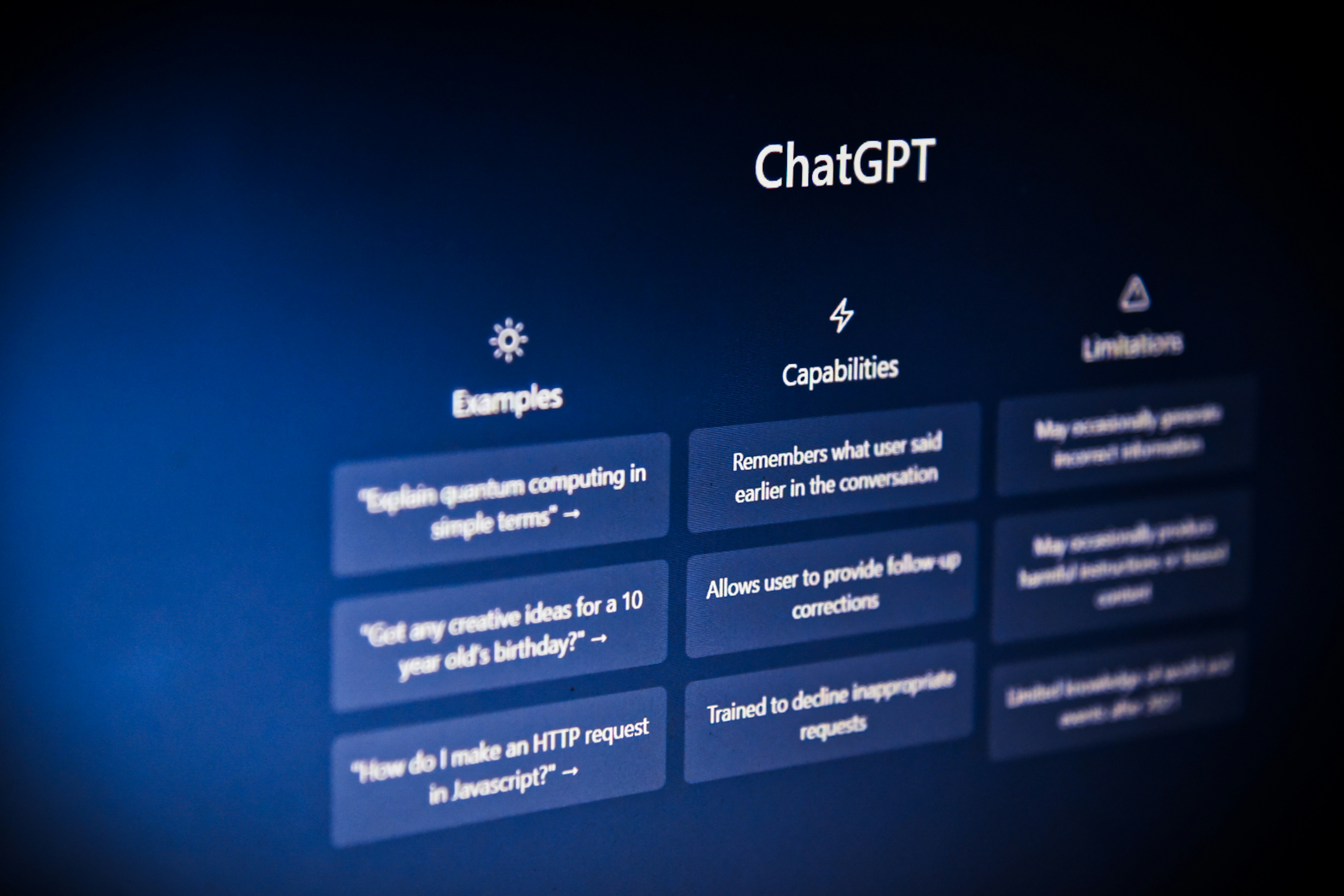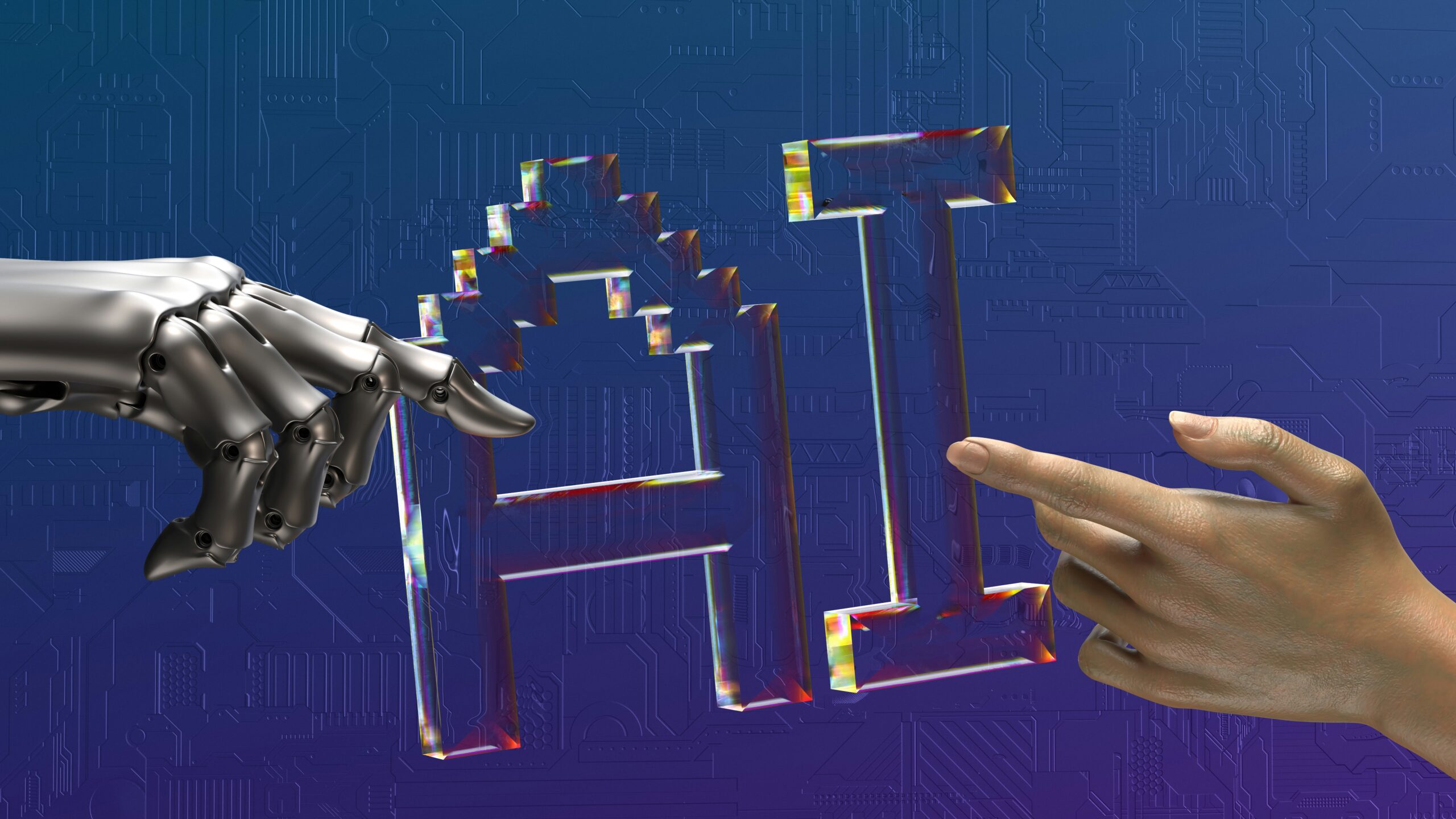Artificial intelligence (AI) is rapidly transforming our world, impacting everything from the way we shop to how diseases are diagnosed. Yet, the technical jargon surrounding AI can feel like a barrier to understanding its potential and implications. This comprehensive glossary aims to bridge that gap by explaining common AI terms in a clear and concise way, empowering you to participate in conversations about this transformative technology.
AI Basics:
- Artificial Intelligence (AI): A branch of computer science devoted to creating intelligent machines capable of mimicking human cognitive functions, such as learning and problem-solving. Imagine a computer program that can improve at playing chess the more games it plays. That’s a basic example of AI!
- Machine Learning (ML): A type of AI where algorithms learn from data without explicit programming. Think of a program that learns to identify spam emails by analyzing millions of examples of spam and non-spam messages. Machine learning algorithms can identify patterns and relationships within data, allowing them to make predictions or decisions on new, unseen data.
- Deep Learning (DL): A powerful subfield of machine learning inspired by the structure and function of the human brain. Deep learning utilizes artificial neural networks (ANNs), which consist of interconnected nodes that process information progressively, mimicking how neurons work in the brain. These networks enable deep learning models to tackle complex tasks like image recognition (identifying objects in pictures) and speech recognition (understanding spoken language).
- Data: The fuel that powers AI systems. Data can come in various forms, including text documents, images, videos, sensor readings, and even audio recordings. The quality and quantity of data significantly impact the performance and accuracy of AI models. Imagine a student studying for an exam. The more information they have access to (textbooks, notes, practice problems), the better prepared they’ll be. Likewise, the more data an AI model is trained on, the better it will perform its specific task.
Understanding AI Systems:
- Algorithm: A set of instructions that a computer follows to solve a problem. In the context of AI, algorithms are designed to learn from data and perform tasks like classifying objects in images, predicting future sales trends, or making recommendations based on user preferences.
- Training Data: A specific subset of a larger dataset used to train a machine learning model. Imagine showing a program thousands of pictures of dogs and cats to teach it how to differentiate between them. That collection of images would be the training data for the model.
- Model: A simplified representation of the real world created by an AI system based on the training data it has been exposed to. Think of it as a computer program’s “understanding” of the task it’s supposed to perform.
- Prediction: One of the key functionalities of AI. After being trained on data, an AI model can analyze new, unseen data and make predictions about it. For example, an AI recommendation system on a music streaming platform might analyze your listening history and predict other songs you might enjoy.
AI in Action:
- Natural Language Processing (NLP): This field of AI allows computers to understand and generate human language. NLP applications include machine translation (translating text from one language to another), sentiment analysis (identifying the emotional tone of a piece of writing), and chatbots (virtual assistants you can interact with online). NLP is what enables computers to understand and respond to your questions and requests in a way that feels natural.
- Computer Vision (CV): This field enables computers to “see” and interpret the world around them through digital images and videos. Computer vision applications include facial recognition technology used for security purposes, self-driving cars that navigate roads using cameras and sensors, and medical imaging analysis tools that can assist doctors in diagnosing diseases.
- Artificial Neural Network (ANN): Inspired by the structure of the human brain, an ANN is a system of interconnected nodes that can process information and learn from data. These networks are the building blocks of deep learning. Each node in an ANN receives input from other nodes, performs a simple mathematical operation, and transmits the result to other nodes. By adjusting the connections between nodes (similar to how synapses work in the brain), the network learns to recognize patterns and perform specific tasks.
The Human Side of AI:
- Bias: A potential issue in AI where a model reflects prejudices present in the data it’s trained on. For example, if an AI system used for loan applications is trained on data that historically favored certain demographics, it might exhibit bias against other demographics in its decision-making. It’s crucial to be aware of bias and take steps to mitigate it during AI development to ensure fairness and ethical use of this technology.




